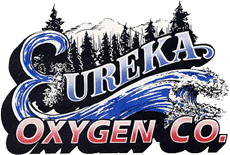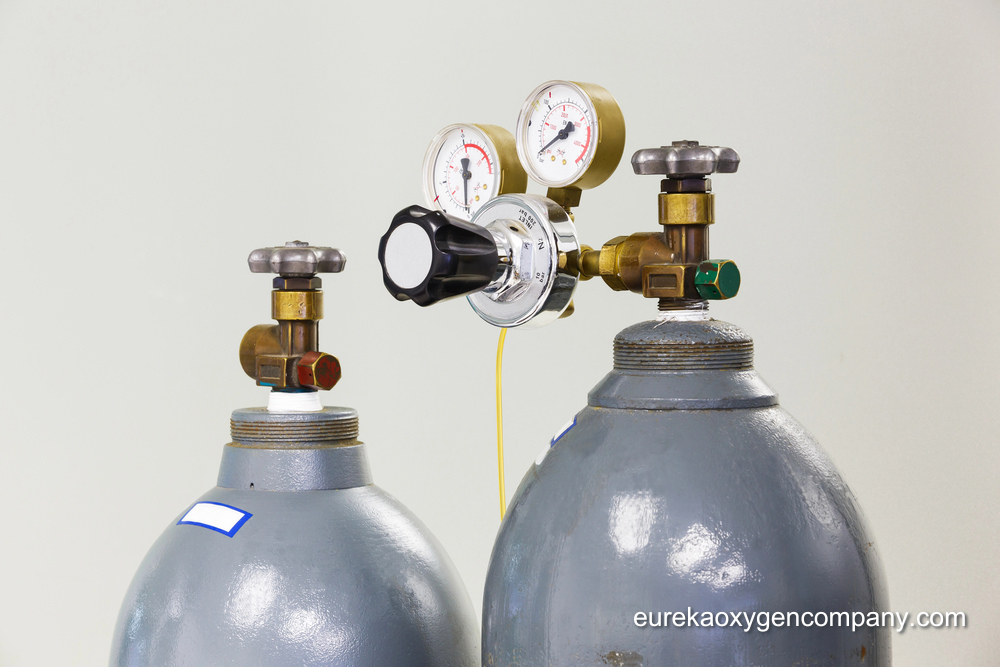Whether you’re an experienced welder or a science major, you may know a thing or two about nitrogen. This inert gas lacks color, taste, and odor, and is the most abundant element in our planet’s atmosphere. Further, it is a component of all living matter!
In this post, we’ll talk about all the incredible properties and uses of nitrogen and how you can start using it on your projects too.
Nitrogen Properties: What Makes It A Hero?
Compressed nitrogen (the typical gas cylinder you’d use for welding) can maintain a consistent pressure and purity, which makes it ideal for applications that require precision and a certain grade of perfection.
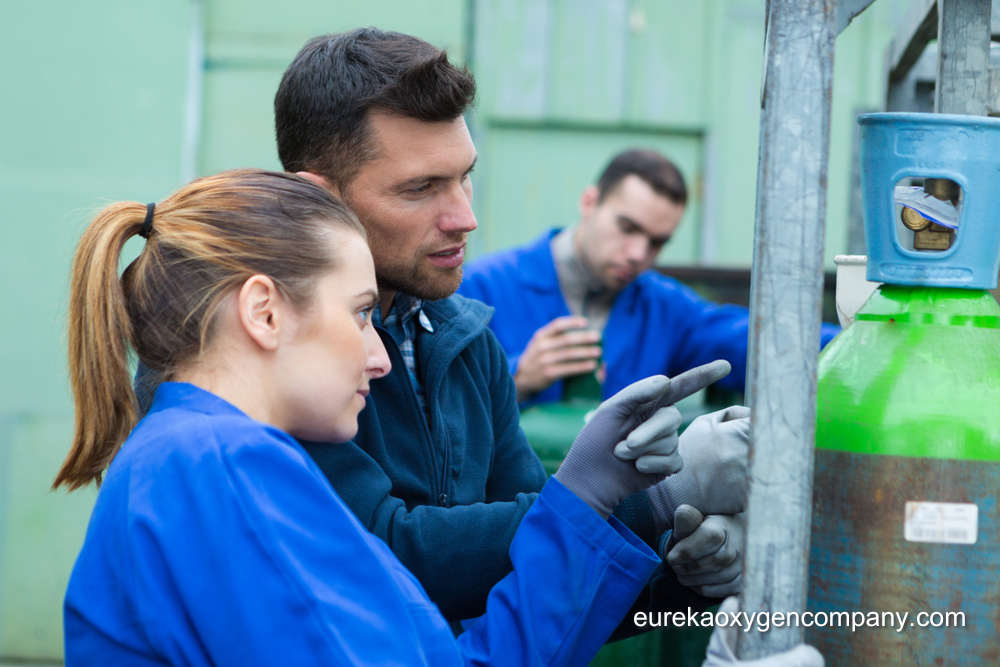
Apart from this, nitrogen can be compressed into a liquid state if it meets low temperatures and high pressure, giving life to liquid nitrogen. This “new” form has an exceptionally low boiling point (-196°C/-321°F) that allows plenty of cryogenic applications to be carried out in various industries.
Nitrogen Applications In Today’s World
Nitrogen can be found in many manufacturing processes, including the food industry, electronics, pharmaceuticals, and automotive. Here’s a brief breakdown of how this non-reactive gas can be used:
- Food Preservation & Packaging. Nitrogen is vital for food preservation, thus it creates the perfect environment in packaging containers that prevents bacterial growth.
- Electronics. In electronics, nitrogen creates inert atmospheres that are essential for semiconductor fabrication. Since it eliminates Oxygen and moisture, it ensures all sensitive electronic components remain in perfect condition.
- Pharmaceuticals. Nitrogen’s inert properties are precious in the pharmaceutical industry since it helps safeguard the integrity of products by displacing air and moisture.
- Oil & Gas Industry. Nitrogen is one of the best cost-saving tools in this industry since it plays a crucial role in optimizing processes, especially in petroleum production. It enhanced oil recovery techniques and pipeline purging operations.
- Aerospace Industry. This industry uses nitrogen for pressurizing fuel tanks and purging aircraft fuel systems. By creating a controlled atmosphere without oxygen, nitrogen ensures the safety and reliability of aerospace equipment.
- Automotive. Nitrogen can be used for tire inflation thanks to its ability to enhance tire performance and longevity. Compressed air contains moisture and other impurities, whereas nitrogen offers a more stable inflation pressure which reduces the risks of deflation.
Nitrogen & Welding: A Power Couple
Nitrogen is widely used in welding for plenty of purposes such as purging, shielding, and cooling. Let’s take a look at each one of them:
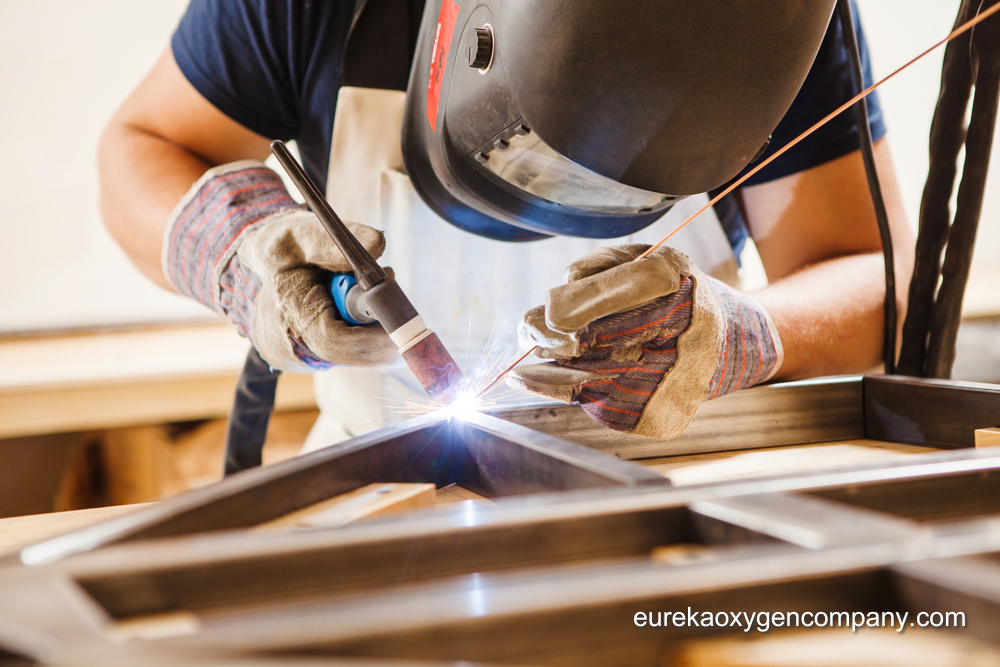
Purging
In certain welding operations where you need to keep an oxygen-free environment, nitrogen can become the best companion. Since it displaces oxygen, it creates a shielded atmosphere that minimizes the risk of contamination, leading to clean and oxide-free welds.
Shielding
Nitrogen is also used as a shielding gas in certain welding techniques, such as gas tungsten arc welding (GTAW) and plasma arc welding (PAW). When used as a shielding gas, nitrogen helps to protect against atmospheric contamination, which results in improved arc stability, reduced spatter, and enhanced weld bead appearance.
Cooling
Thanks to its cryogenic properties, nitrogen can be used to rapidly cool workpieces and minimize distortion. This cooling effect is highly beneficial in applications where you need to have precise control over welding parameters to meet performance requirements, like in certain aerospace and automotive manufacturing processes.
Nitrogen Safety
Even though nitrogen is odorless, tasteless, and a non-flammable gas, it still requires you to be careful and follow appropriate safety measures and protocols.
One of the most significant concerns is oxygen displacement. As we stated above, nitrogen is used to displace oxygen and prevent oxidation, and in environments where nitrogen is present in high concentrations, oxygen deficiency becomes a risk.
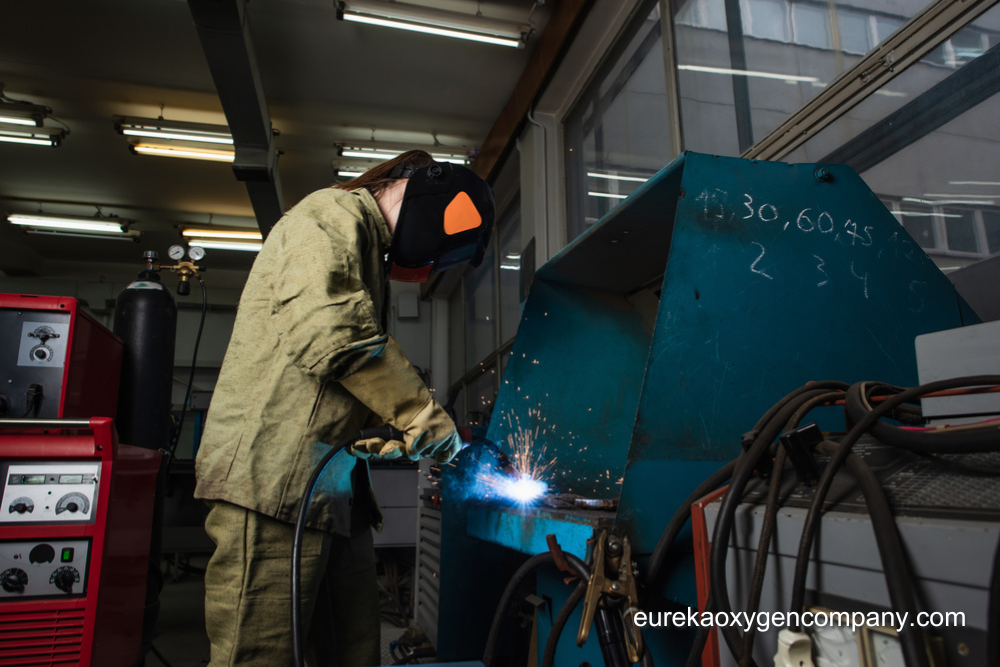
Consequently, this can lead to asphyxiation if you don’t follow appropriate ventilation measures. Therefore, step number one when working with nitrogen: conduct a thorough risk assessment. Further, you should provide training to your personnel about the risks of nitrogen and how to handle emergencies.
Additionally, all workers should use personal protective equipment (PPE), such as respirators and safety goggles when handling compressed nitrogen.
Final Words
In this post, we talked about the properties of nitrogen and its many uses across industries, more specifically in welding.
At Eureka Oxygen, our priority is to give you all the tools and information necessary to practice welding in a safe environment. We have a robust supply of welding equipment that meets international standards, as well as gas cylinders we can deliver to your door in these locations.
